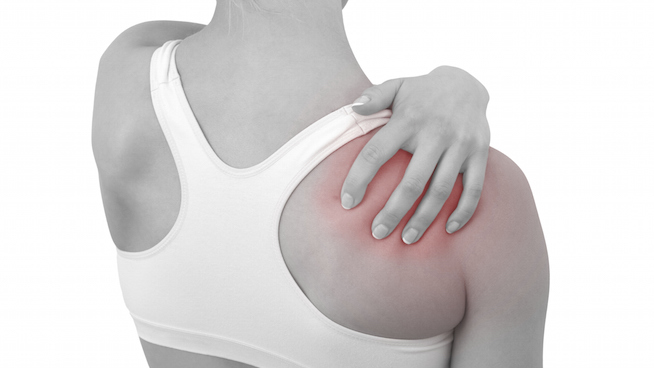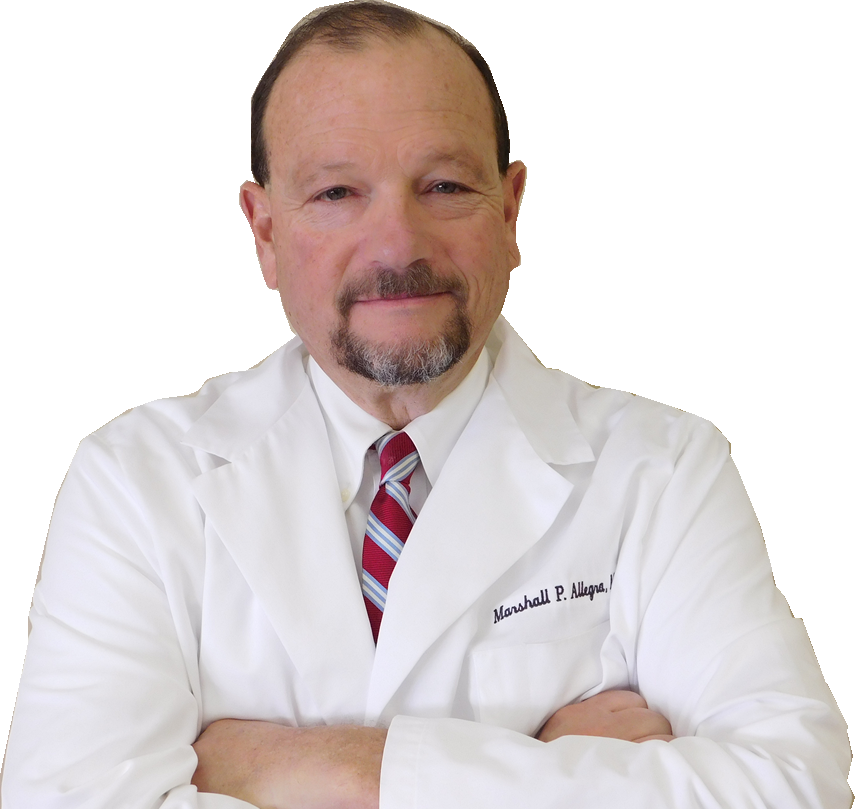Shoulder Separation Monmouth County NJ

A shoulder separation (acromioclavicular joint injury) occurs when the outer end of the collarbone (clavicle) separates from the end (acromion) of the shoulder blade because of torn ligaments. This injury occurs most often from a blow to the top of the shoulder or a fall onto the shoulder.
- Signs and symptoms of a separated shoulder include:
- Severe pain at the moment the injury occurs.
- Limited movement in the shoulder area (because of pain, not weakness).
- Swelling and bruising.
- Possible deformity.
- The outer end of the collarbone may look out of place.
- Or there may be a bump on top of the shoulder.
Treatment may include applying ice and keeping the shoulder still (immobilized) with a sling or wrap. Medicine to relieve pain, inflammation, and swelling may be used. Early physical therapy to strengthen the shoulder and get range of motion back is important. It helps with recovery and helps prevent frozen shoulder (adhesive capsulitis). Normal exercises and activities can be done as the pain and other symptoms go away. Sometimes surgery may be needed to repair torn ligaments.
Healing may take 2 to 10 weeks depending on how bad the injury is.
Types
Type I Shoulder Separation
A shoulder separation is the partial or complete separation of two parts of the shoulder: the collarbone (clavicle) and the end (acromion) of the shoulder blade (scapula). A type I shoulder separation has a partially torn acromioclavicular (AC) ligament, but the ligaments between the shoulder blade and the collarbone are not injured.
Type II Shoulder Separation
A shoulder separation is the partial or complete separation of two parts of the shoulder: the collarbone (clavicle) and the end (acromion) of the shoulder blade (scapula). In a type II shoulder separation, the acromioclavicular (AC) ligament is completely torn, and the coracoclavicular (CC) ligament is either partially torn or not injured.
Type III Shoulder Separation
A shoulder separation is the partial or complete separation of two parts of the shoulder: the collarbone (clavicle) and the end (acromion) of the shoulder blade (scapula). A type III shoulder separation occurs when both the acromioclavicular (AC) and coracoclavicular (CC) ligaments are completely torn.
Symptoms
What are the symptoms of a shoulder separation?
Symptoms of a shoulder separation include pain when the injury occurs. Limited shoulder movement as well as swelling and bruising may follow. The small joint over the shoulder may be tender. A deformity is possible at the outer end of the collarbone. There may be a bump on top of the shoulder.
Diagnosis
How is a shoulder separation diagnosed?
A shoulder separation is diagnosed through a medical history, a physical exam, and an X-ray.
Your doctor will check:
- For a deformity or bump.
- The range of motion of your shoulder and other joints.
- Blood flow, by taking your pulse and assessing your skin color and temperature.
- For damage to your nerves or blood vessels.
- The muscle strength of your shoulder and arm.
- For broken shoulder bones or damage to the tendons in the shoulder (rotator cuff tear).
Your doctor will probably X-ray your injured shoulder and possibly your uninjured shoulder to help diagnose the severity of the separation.
Treatment
How is a shoulder separation treated?
Treatment of a shoulder separation depends on its severity. For a type I or II injury, you support your shoulder with a sling. You typically need the sling until the discomfort decreases (a few days to a week). Early physical therapy to strengthen your shoulder and regain range of motion is important for recovery and to prevent frozen shoulder (adhesive capsulitis), a condition that limits shoulder motion . You can return to normal exercises and activities as your pain and other symptoms go away.
Treatment for type III injuries can vary. Some doctors treat them with a sling and physical therapy, while others feel surgery may be needed.
Type IV through VI injuries should be evaluated for possible surgery.

Marshall P. Allegra, M.D.
One Doctor, Your Doctor for Orthopedic Care
Dr. Marshall P. Allegra is a board-certified orthopedic surgeon in private practice in Monmouth County for over 25 years. Specializing in minimally invasive arthroscopic surgery, full and partial joint reconstruction, hand, foot and ankle surgery, fracture care, and non-surgical treatment options, Dr. Allegra is dedicated to providing one-on-one personalized care to every patient.
Dr. Allegra is the only physician you will see when you visit the practice, and he will supervise each phase of your diagnosis, treatment and recovery.
An experienced diagnostician, Dr. Allegra can expertly determine the causes of chronic and acute pain in his patients due to hip, knee, hand, shoulder and sports-induced injuries, and then determine the best treatment options to return patients back to work, to the playing field, restoring functionality and range of motion as quickly as possible.
